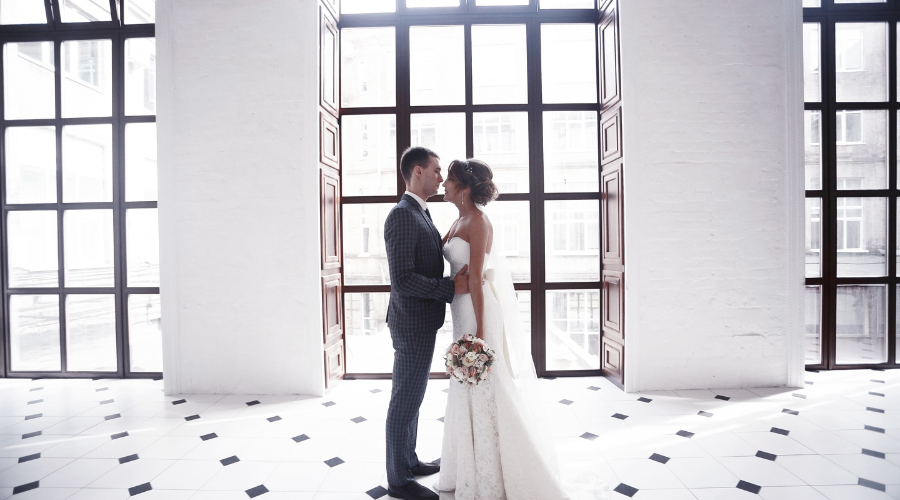Wedding photography is an art that requires skill, creativity, and an understanding of the technical aspects of photography. Among the many challenges a wedding photographer may encounter, low-light conditions are one of the most daunting. The ability to capture beautiful moments in dimly lit venues, such as churches, ballrooms, or outdoor receptions, is what sets the best wedding photographers on the Gold Coast and beyond apart. In this comprehensive guide, we will explore the techniques and equipment required to master wedding photography in low-light conditions, drawing inspiration from some of the finest wedding photographers on the Gold Coast.
Understanding the Importance of Low-Light Wedding Photography
Low-light photography plays a crucial role in capturing the ambiance and emotion of a wedding. Many of the most poignant moments occur during evening ceremonies, receptions, and other dimly lit settings. To master this challenging aspect of wedding photography, one must:
- Know Your Gear Inside and Out: The best wedding photographers on the Gold Coast are intimately familiar with their equipment. Knowing your camera, lenses, and lighting gear is essential. Consider investing in high-quality, fast lenses with wide apertures (f/1.4 or f/1.8) to let in more light and achieve that beautiful background blur (bokeh).
- Mastering the Art of Composition: Composition is key in low-light photography. Think about framing, rule of thirds, leading lines, and balancing light sources. To make your photos stand out, learn to compose your shots creatively.
Setting Up for Success
In low-light conditions, adequate preparation is the key to success. Let us examine a few crucial factors to take into account:
- Scout the Venue: Before the wedding, visit the venue to understand its lighting conditions. Identify potential sources of light and shadow to plan your shots effectively. This reconnaissance can be invaluable for getting the best shots on the big day.
- Make Use of Available Light: The best wedding photographers on the Gold Coast often rely on available light sources, such as candles, fairy lights, and chandeliers, to create a warm and romantic atmosphere. Be prepared to adjust your camera settings according to the available light. Remember that golden hour, the period just before sunset, can offer fantastic natural light.
Mastering Camera Settings
Understanding your camera settings is crucial when shooting in low-light conditions. The following settings are frequently used by the best wedding photographers:
- ISO Settings: Increasing the ISO allows your camera to capture more light, but it can also introduce noise into your photos. Experiment with your camera's ISO settings to find the right balance between light and noise for each situation.
- Aperture: Wider apertures (low f-numbers) are ideal for low-light conditions, as they allow more light into the camera. However, they also result in a shallower depth of field. Adjust your aperture based on the effect you want to achieve.
- Shutter Speed: In low-light situations, you may need to slow down your shutter speed to allow more light to enter the camera. Be cautious when using slow shutter speeds, as they can result in blurry images. Using a tripod or image stabilization can help mitigate this issue.
Utilizing Artificial Lighting
While natural light is often preferred for its soft and flattering quality, wedding photographers must be prepared to use artificial lighting when necessary. To accomplish so successfully, take into account the following:
- On-Camera Flash: An on-camera flash can be a lifesaver in low-light conditions, but it can also create harsh shadows and unflattering highlights. To soften the effect, consider using a diffuser or bouncing the flash off a nearby wall or ceiling.
- Off-Camera Flash: For more control over the lighting, invest in off-camera flash equipment. This allows you to position the light source strategically and create a more flattering and natural look.
- Continuous Lighting: Continuous lighting, such as LED panels or softboxes, can provide a steady light source that's less obtrusive than flashes. It's especially useful during indoor ceremonies or receptions.
Capturing Emotion in Low Light
Weddings are emotional events, and capturing those feelings in low-light conditions can be challenging but incredibly rewarding. Here are some tips to help you convey the emotion of the day:
- Be Discreet: To capture genuine emotions, blend into the background and remain unobtrusive. This will allow you to capture candid moments without your subjects feeling self-conscious.
- Anticipate Moments: Wedding photographers should always be ready to capture spontaneous moments, especially in low-light conditions where you may have limited time to adjust your settings. Familiarity with the event schedule and the ability to anticipate key moments is crucial.
Post-Processing for Low-Light Photos
Even the best wedding photographers may need to enhance their low-light photos in post-processing. Software like Adobe Lightroom and Photoshop can help you correct exposure, reduce noise, and add artistic effects. Don't forget to modify the wedding album in an identical manner.
Conclusion
Mastering wedding photography in low-light conditions is a skill that can set you apart as one of the best wedding photographers, not only on the Gold Coast but worldwide. Understanding your equipment, settings, and lighting sources is crucial, but the ability to capture the essence of the day is equally important. Learn from the best, practice your skills, and continuously refine your techniques to create timeless memories for couples on their special day. With dedication and hard work, you too can become a master of low-light wedding photography.





Comments